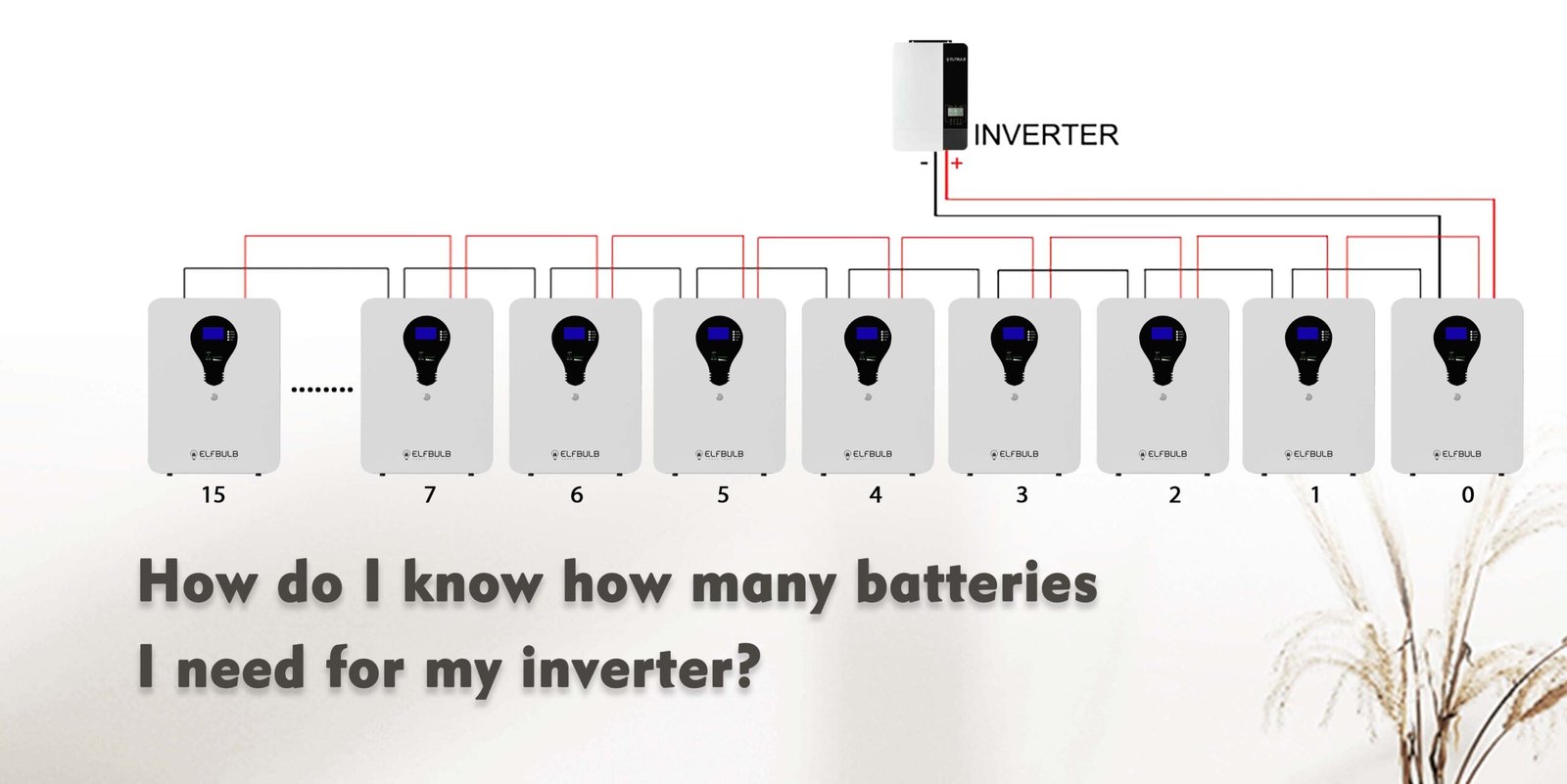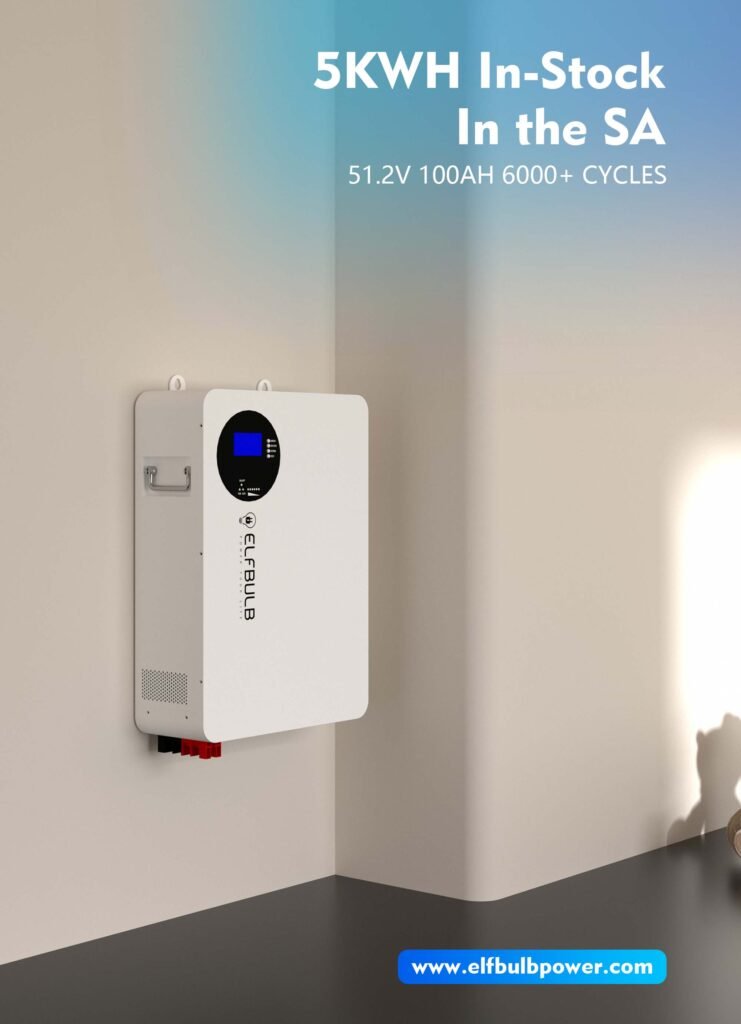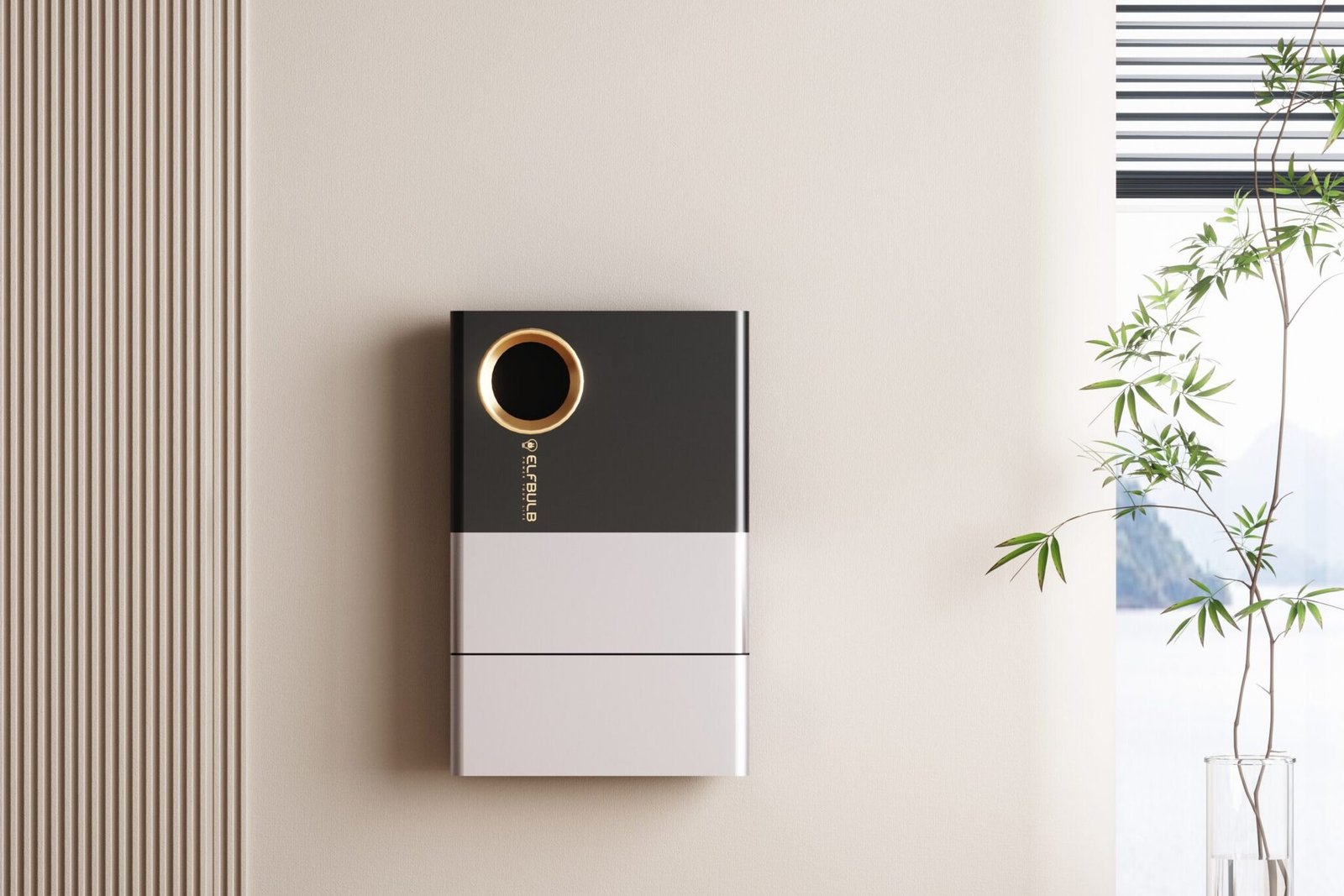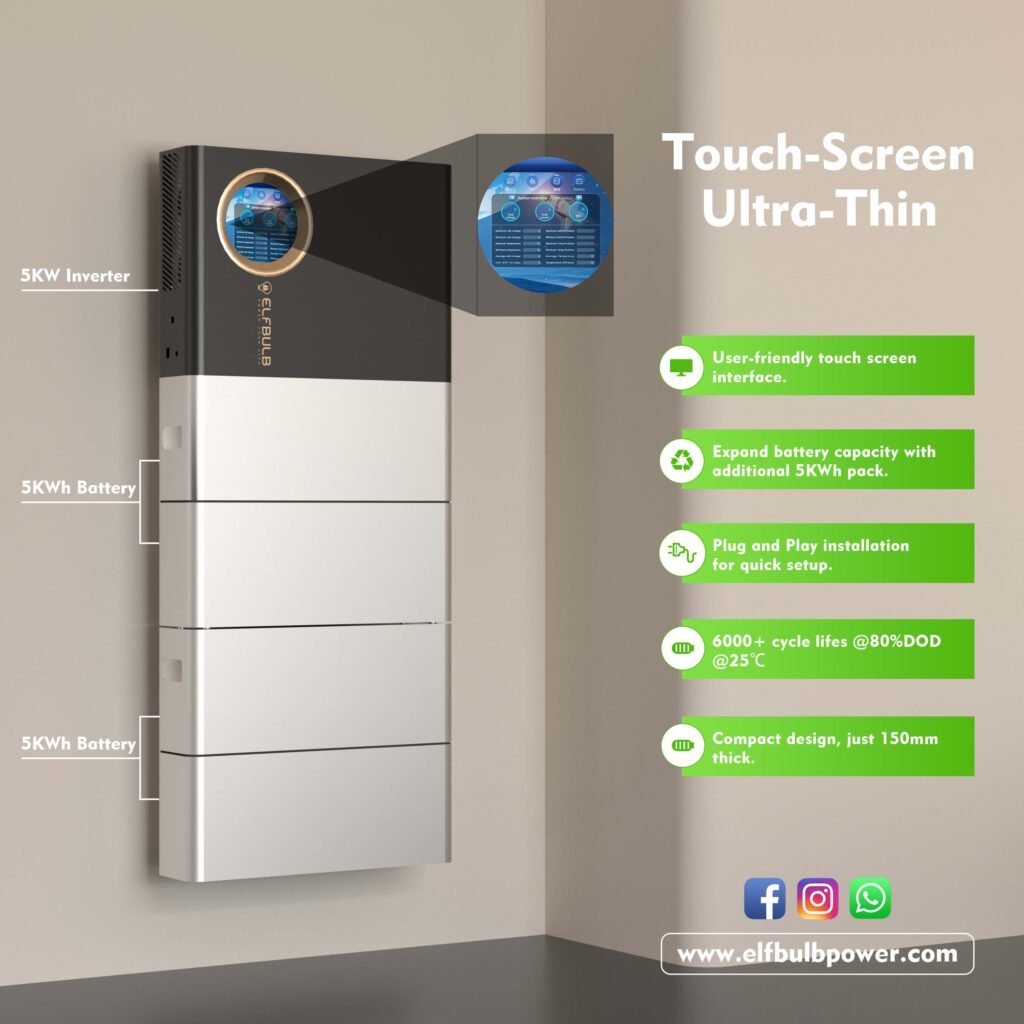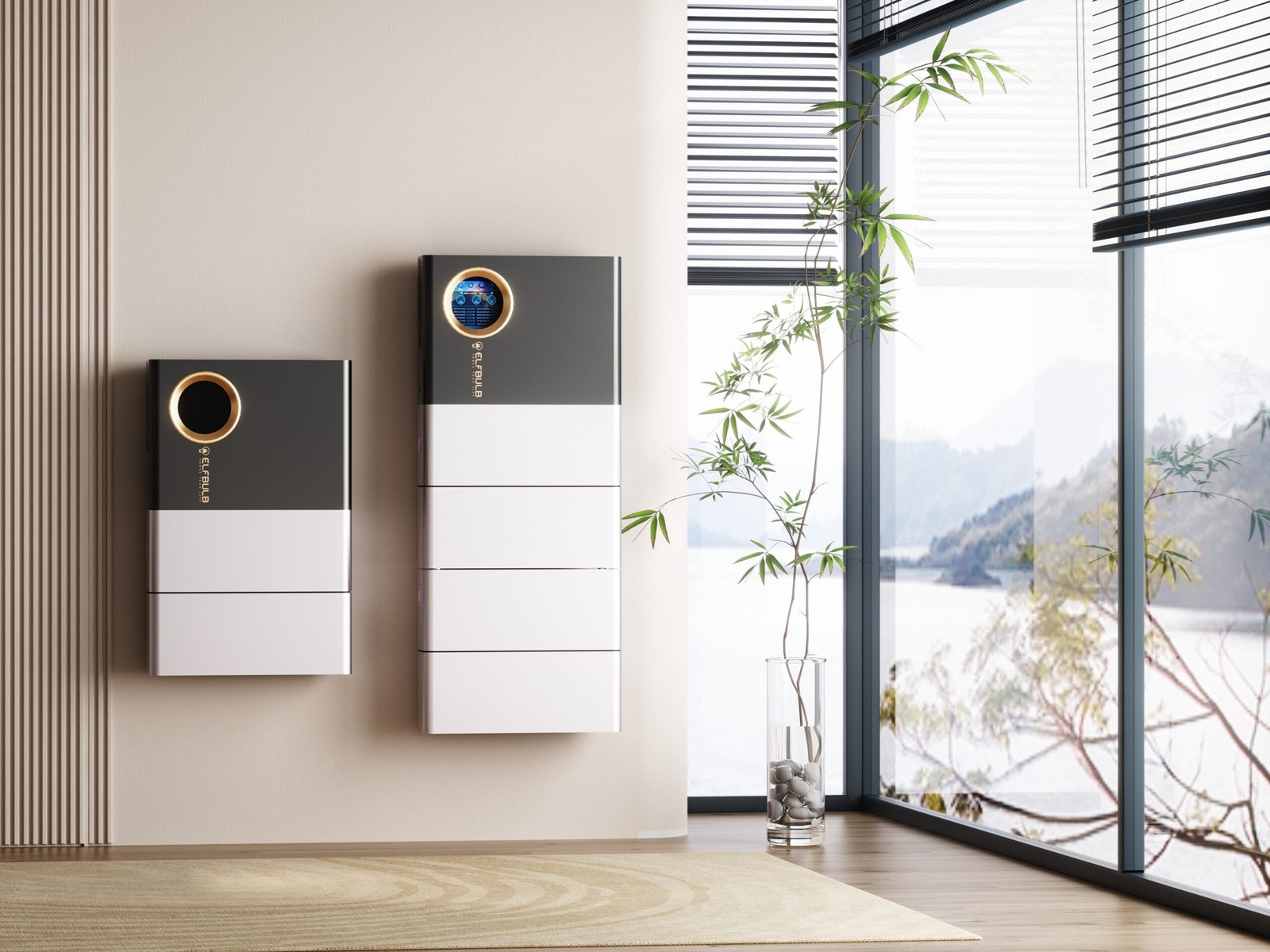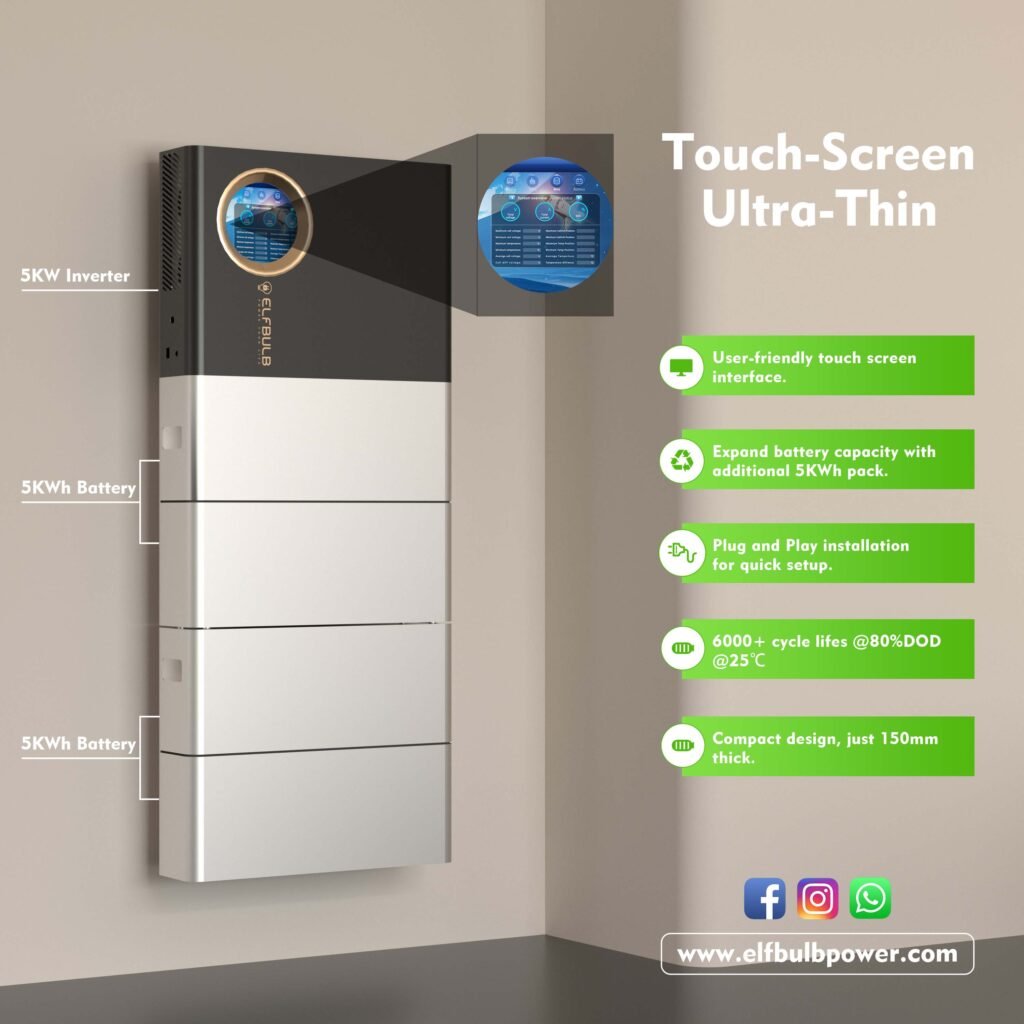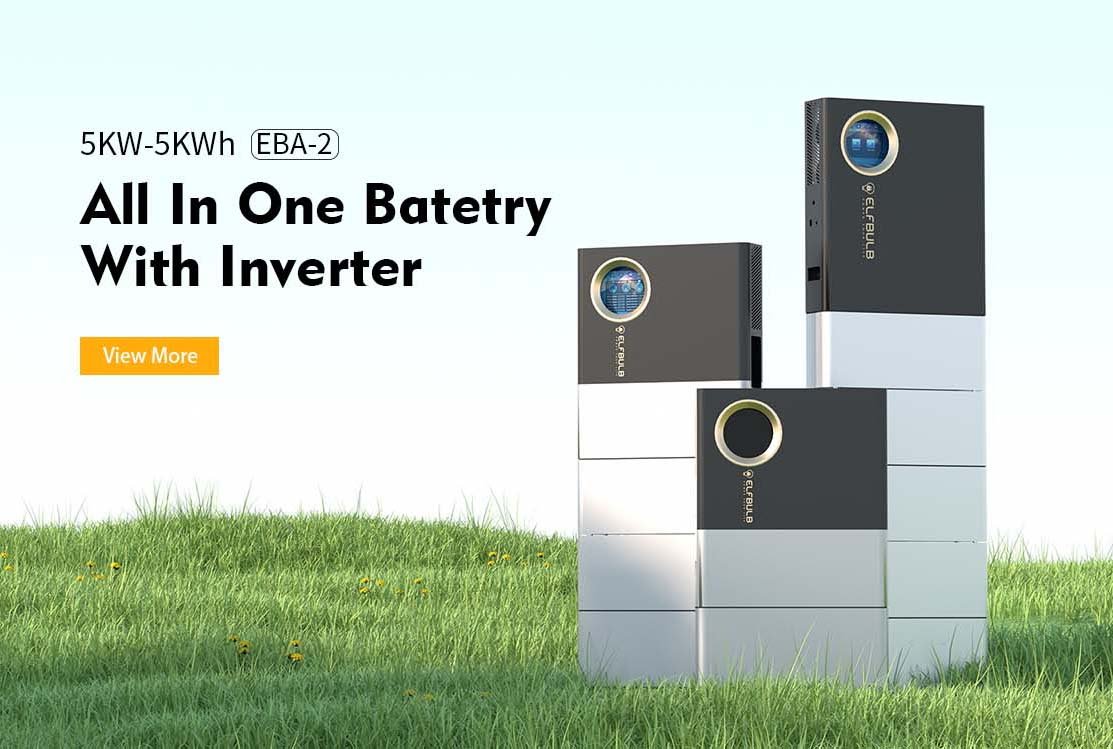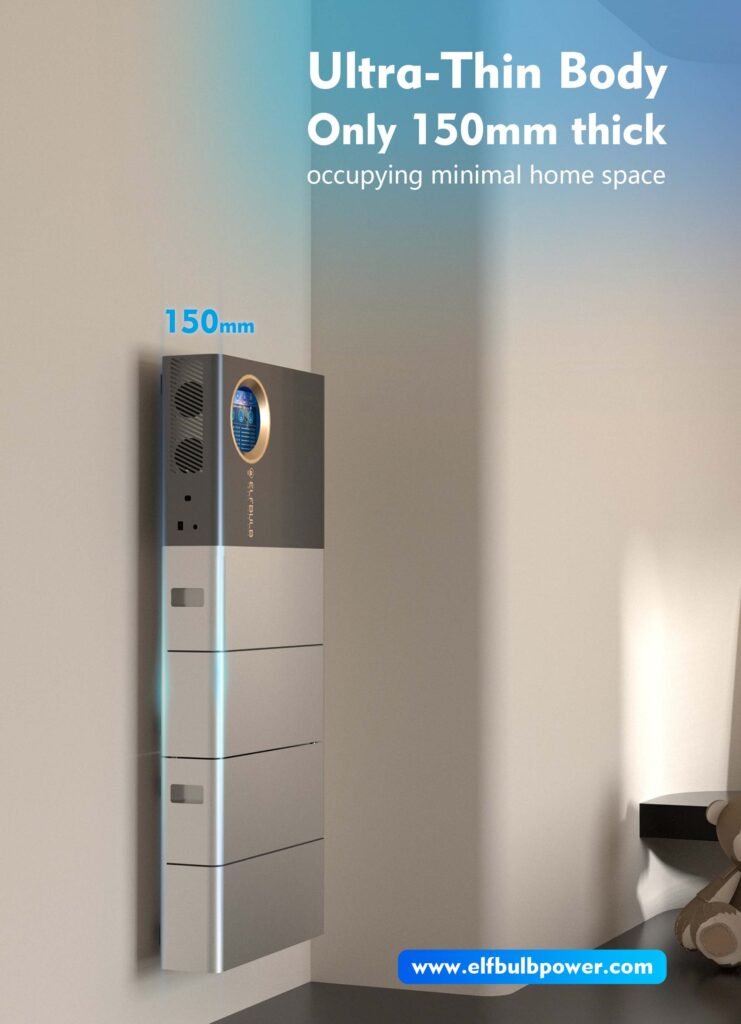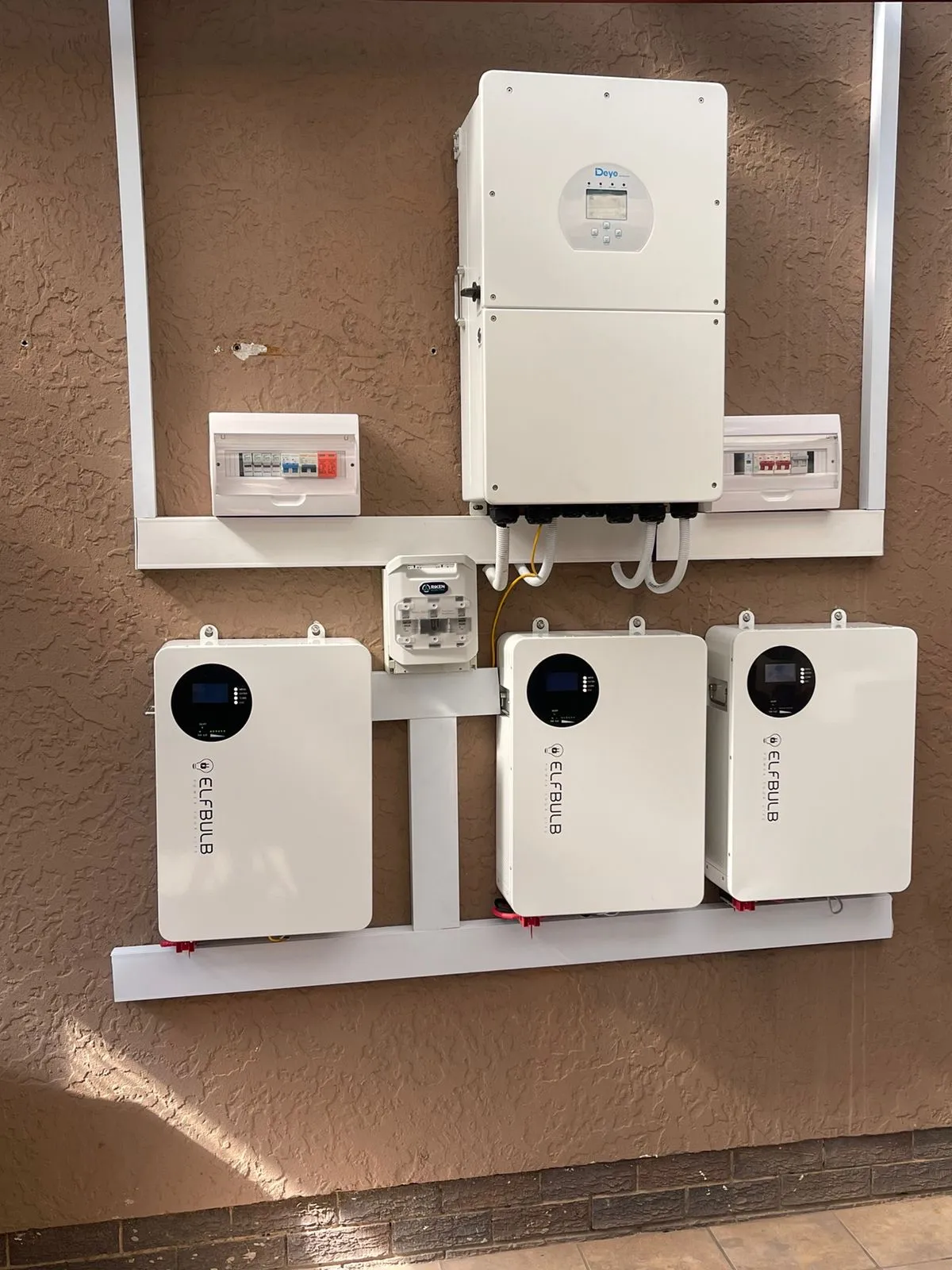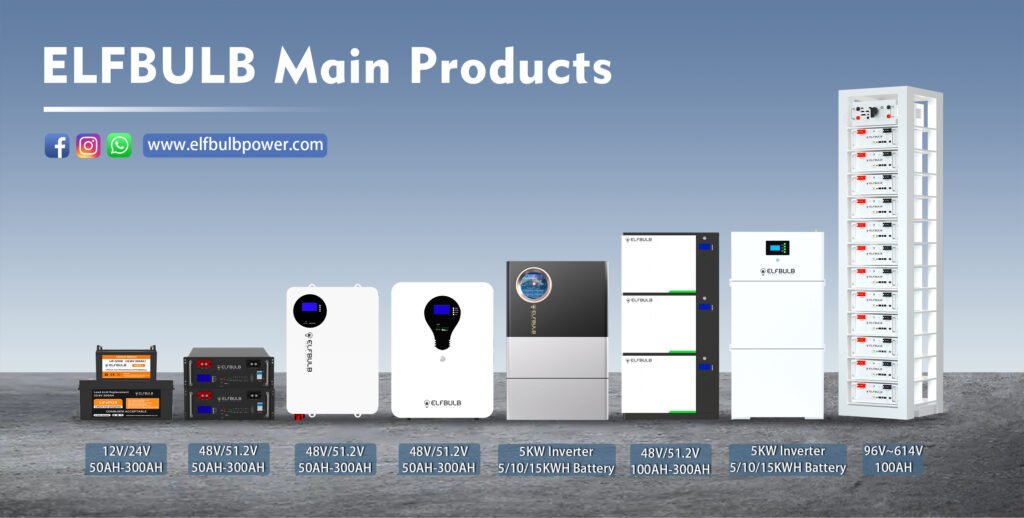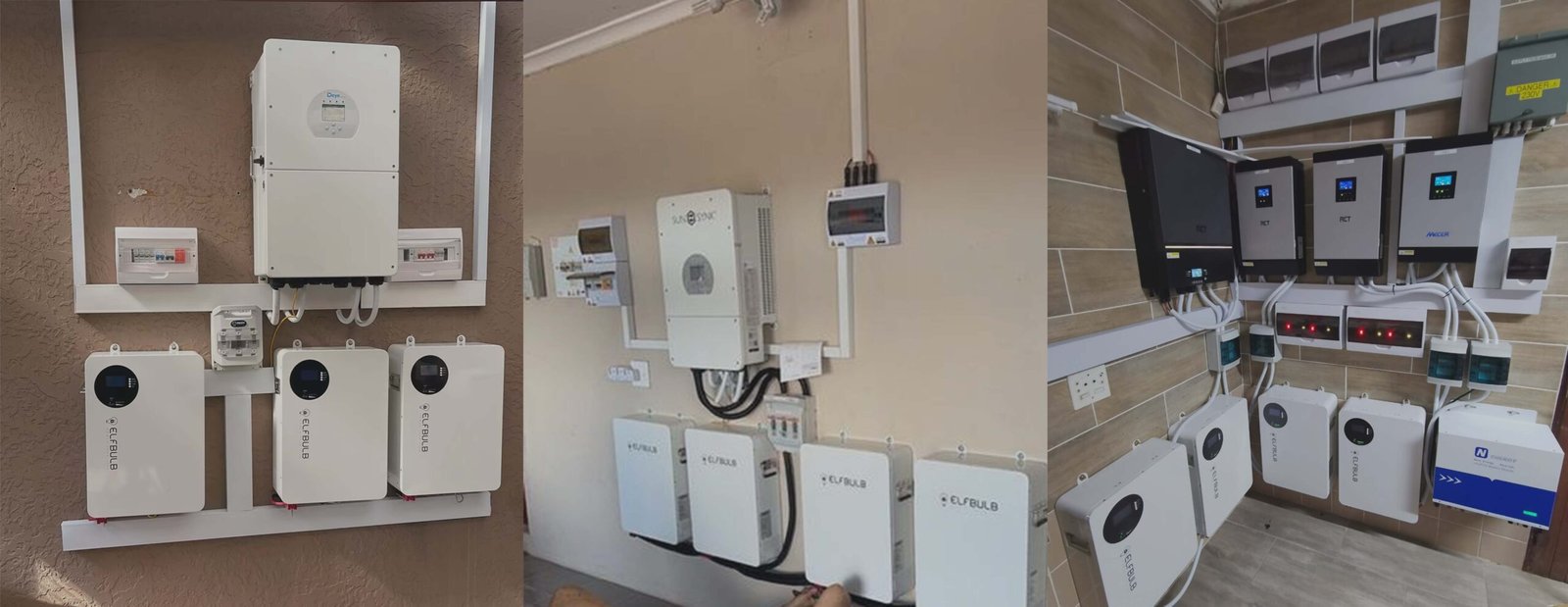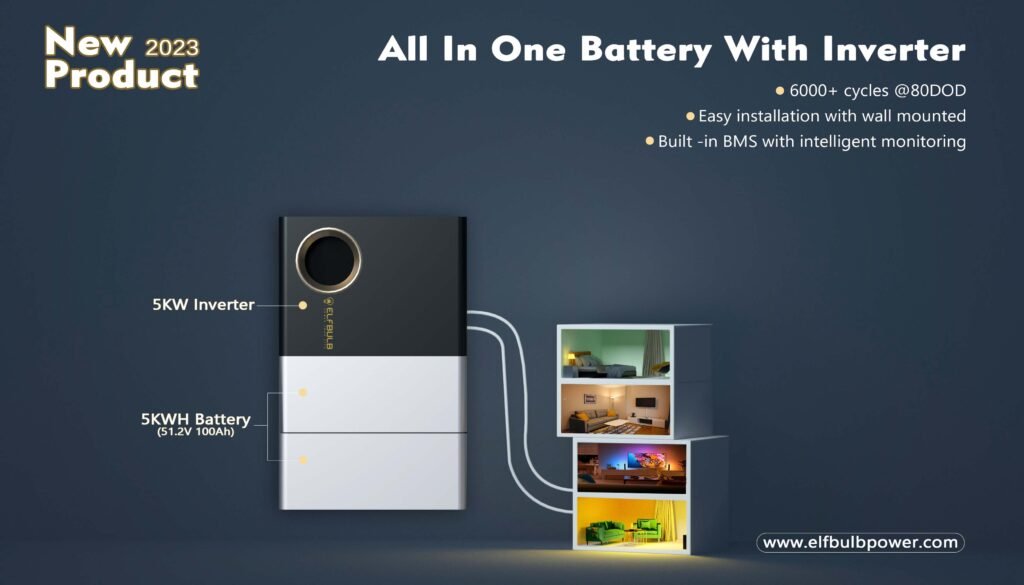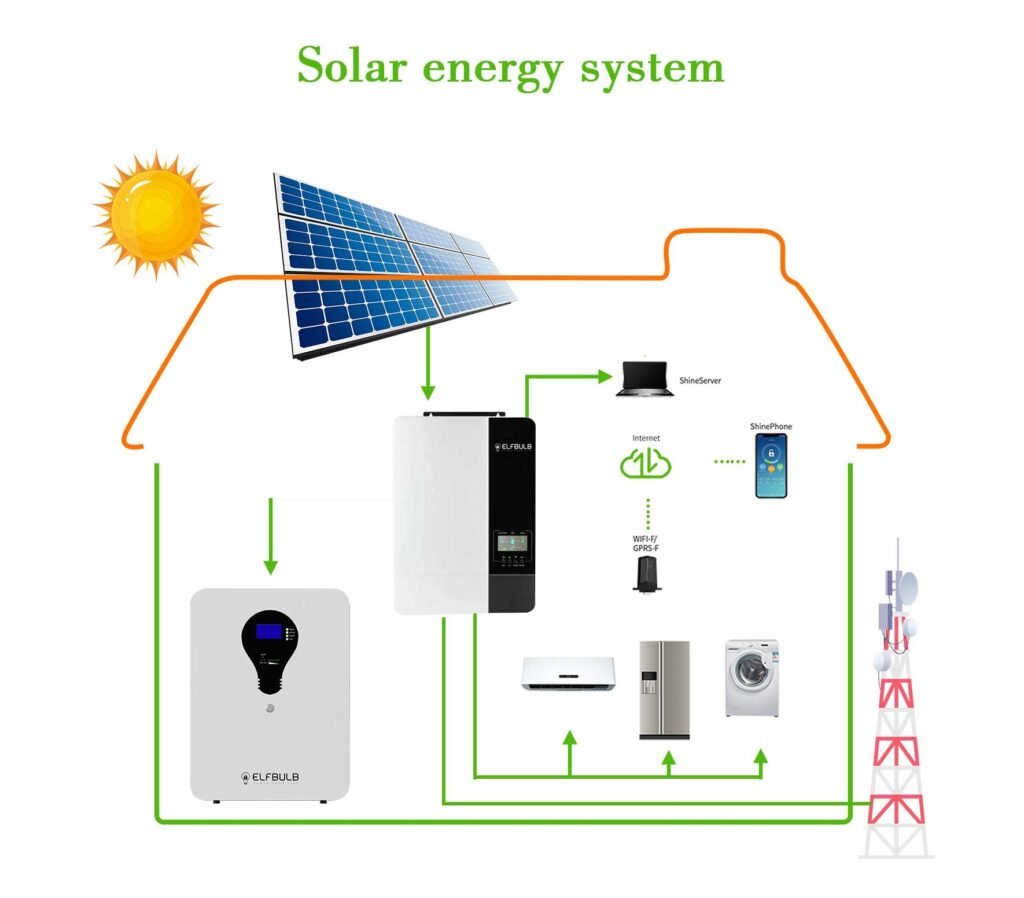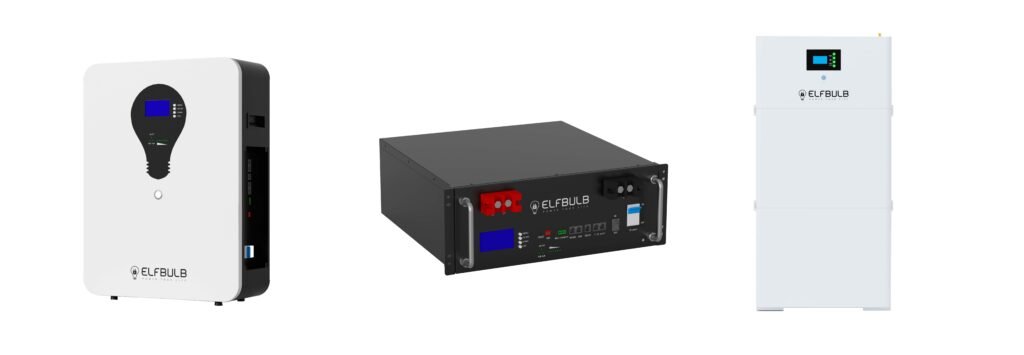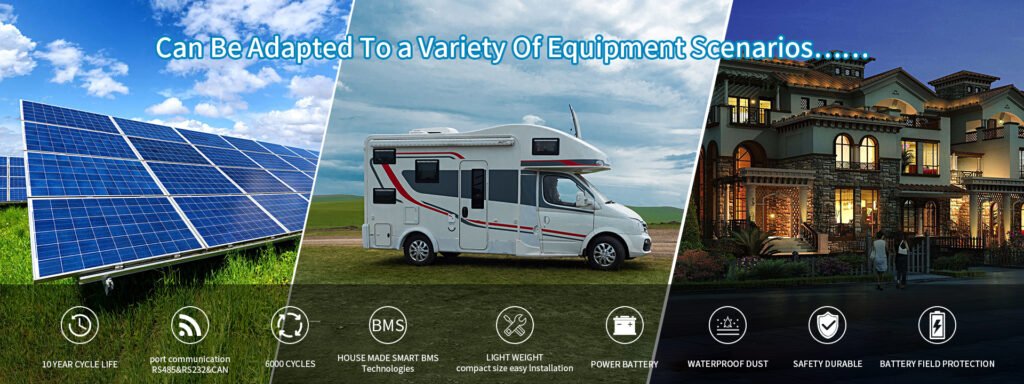Introduction
Inverters play a crucial role in providing backup power during outages or when you’re off the grid. But how do you know how many batteries you need to keep your devices running smoothly? In this guide, we’ll break down the steps to calculate the optimal battery capacity for your inverter setup.
1. Check Inverter Specifications
Start by examining your inverter’s specifications or user manual. Look for information on the input voltage (V) and current (A) requirements. These details will be essential for the calculations.
2. Calculate Power Requirement
Determine the total power (in watts) that your connected devices will draw. Add up the wattage of all appliances you plan to run simultaneously. For instance, if you want to power a laptop (60W), a fan (50W), and a light bulb (40W), your total power requirement is 150 watts.
3. Estimate Battery Capacity
Batteries are rated in ampere-hours (Ah). To estimate the required battery capacity:
Battery capacity (Ah) = total power demand (W) ÷ inverter input voltage (V) ÷ time (hours)
For example, if your inverter operates at 12V and you want 4 hours of backup time, and your total power requirement is 150W:
total power demand (150W) ÷ inverter input voltage (12V) ÷ time (4 hours)=3.13Ah
Round up to the nearest whole number, so you’d need a battery with a capacity of at least 4 Ah.
4. Consider Efficiency and Depth of Discharge
Remember that batteries are not 100% efficient. Factor in efficiency losses (usually around 80-90%). Also, consider the depth of discharge (DOD) you’re comfortable with. Deeper discharge requires larger battery capacity.
5. Choose Battery Type
Select the appropriate battery type based on your budget, maintenance preferences, and available space. Common options include lead-acid and lithium-ion batteries.
6. Parallel or Series Connection
If using multiple batteries, decide whether to connect them in parallel (increases capacity) or series (increases voltage). Parallel connection maintains the voltage but adds capacity, while series connection increases voltage.
Conclusion
Determining the right number of batteries for your inverter involves a bit of math and consideration. Always consult with a professional or refer to your inverter manufacturer’s guidelines for precise recommendations. With the right battery setup, you’ll have reliable backup power whenever you need it!
Remember to share this guide with others who might find it helpful. Happy powering! 🛠️🔋

